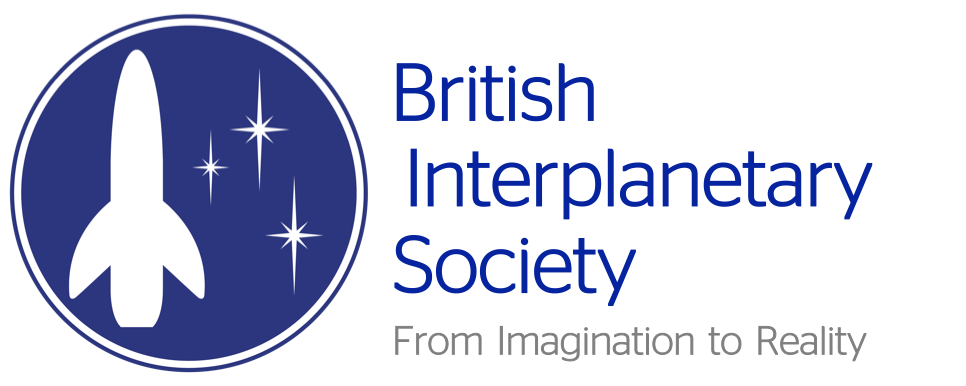The British Interplanetary Society was founded in 1933 by a group of space flight enthusiasts who dreamed of using rocket propulsion to fly to the Moon and the planets. The word “Interplanetary” in the British Interplanetary Society’s title was not intended to limit attention only to those nearby worlds that circle our Sun, but to cover space exploration activities in general – even in the most distant visions to conceive of travel across interstellar space.

In the years before World War II a technical core of BIS members made first plans for a rocket capable of landing three men on the Moon and returning them to Earth. After World War II members of the Society developed ideas for the exploration of outer space including developing liquid rockets for launch into space, the construction of Space Stations, the human exploration of the Moon, the development of probes to investigate other planets in our Solar System and the use of space telescopes to observe distant stars and galaxies. Arthur C. Clarke first suggested the concept of communications satellites in a private memorandum to Fellows of the Society prior to first publication in 1945.
In 1951 the BIS organized the world’s first International Congress on “The Artificial Satellite”, and became one of the founder members of the International Astronautical Federation (IAF).
Earth Remote Sensing was initially advocated and studied at an international level at its NATO Conference in the 1950s, with space biology following soon afterwards. Currently it has been concerned with how to preserve life on Earth in the face of various potential calamities.
Soviet and Chinese Space Studies
The British Interplanetary Society also provided certain of its members a route for publication of information and analysis on the Soviet (and more recently the Chinese) Space Programmes at a time when detailed information on these programmes was difficult to come by at first hand.
Technical Studies
Planetary studies began with papers examining the propulsion requirements to reach Mars and Venus, as well as projected instruments for scientific probes. Advocacy of studies on comets and meteors helped further the Giotto mission to Halley’s Comet and later the ESA Rosetta mission. A number of papers during the 1990s also looked at the problems of making other planets (principally Mars) more hospitable to human habitation through “terraforming.”
Studies and long term thinking on human spaceflight and launch vehicle development have always been a core area of activity amongst Society members, with the visionary early work on the BIS Lunar Lander, the Orbital Launcher and various other space launchers and space stations. More recently, it is from the minds of BIS Members and Fellows that have sprung concepts such as HOTOL, Interim HOTOL, SKYLON, HEM and ANZOU – leading in some cases to hardware development.


Advanced Studies
With the demise of the Apollo Program in 1972, the British Interplanetary Society continued to encourage exploration of ideas on the possibilities of a return to the Moon and its eventual colonization.

The Society’s first definitive paper on the requirements for Interstellar Travel appeared in JBIS as long ago as 1952. In the late 1970s a group of members worked together on the design of a possible interstellar vehicle that was published in 1981 as the Daedalus Study. From this followed many papers concerned with communications with extraterrestrial intelligences (SETI) and associated studies.
More recently a group within the Society has initiated a series of studies on the scientific and technical objectives of conducting a human exploration of the Martian North Polar Cap (Project Boreas), and another group within the Society has initiated a follow on study to the Daedalus Interstellar Starprobe, called Project Icarus.
Present Day
The BIS continues to run a host of Technical Projects, whilst offering its members a chance to hear from and engage with innovators and experts within the space industry. Our flagship conference, Reinventing Space, takes place each year, and we represent the British space industry through attendance at events such as the International Astronautical Congress annually – for which we also run the UK heats of the IAC Student Competition.
